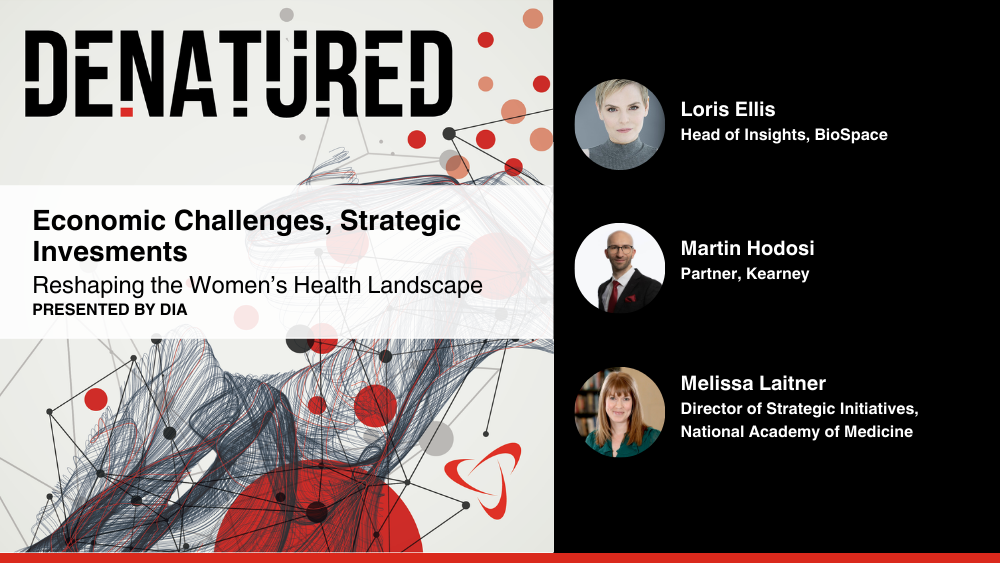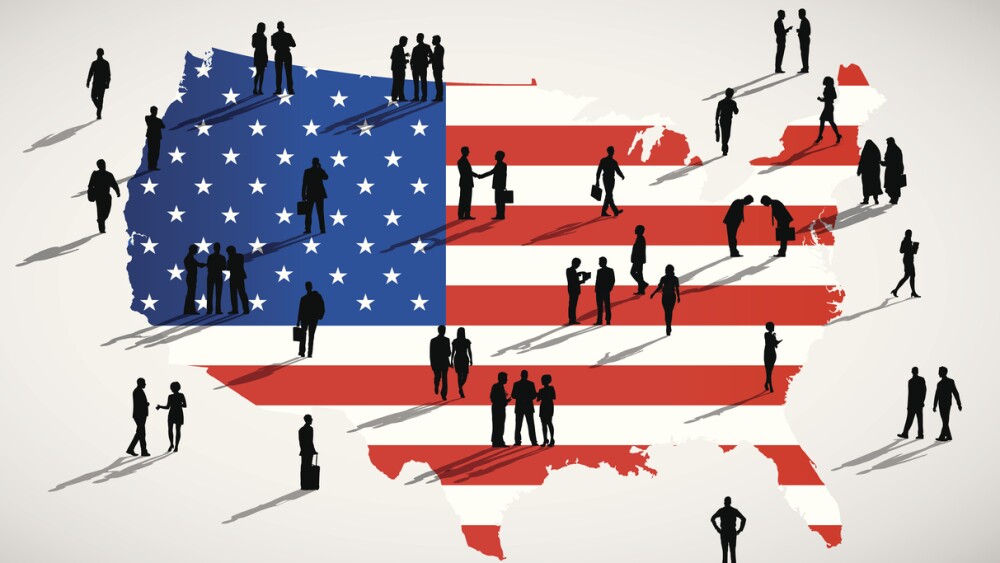Researchers in pharma and beyond have historically glommed onto a limited number of disease targets, limiting innovation. AI could change that.
Proteins that fight tumor growth, gene exons that can be modified, and receptors on immune cells that control their cancer-killing powers. These are the types of mechanisms and bodily processes that could be key to curing or treating disease, and which form the targets of modern drug development. While the number of such targets is nearly infinite, a relatively small number have emerged as the most popular among pharmaceutical companies.
In a phenomenon termed “herding,” numerous pharmaceutical firms, research organizations and even academic scientists are targeting not just the same narrow band of conditions, but the same limited set of drug targets. In 2020, 68% of targets pursued by the top 10 pharmaceutical firms were the basis of five or more R&D programs. Some firms were dedicating 80% or more of their research time and dollars to those popular targets. Chief among these targets are those associated with cancer; in 2022, there were nine assets per actively investigated oncology target among the top pharma firms, up from 1.8 in 2000, with most of the research dedicated to breast, hematological and brain cancer.
While there are understandable reasons for herding and even advantages in certain situations, the overall effect of this “me-too” style of innovation is to set limits in drug development. But how can we break away from the crowd and forge our own path? As vice president of business development at Evogene, which offers an AI-driven computational chemistry platform, I believe artificial intelligence is the answer. AI has the power to transform drug development by identifying novel targets and compounds that can interact with them.
The Drawbacks of Herding
Well-known examples of “me-too” drugs include many of the selective serotonin reuptake inhibitors (SSRIs) used in treating depression—such as Prozac, Zoloft and Paxil—and various statins—think Lipitor and Crestor. One of the most comprehensive studies of drug targets curated 1,578 FDA-approved drugs acting on 893 unique molecular targets, meaning nearly 50% of FDA-approved drugs share common targets. Similarly, about 60% of drugs on the World Health Organization’s list of essential treatments fit into this “me-too” category, and more than 50% of the 50 novel drugs approved by the FDA in 2024 relied on pre-existing targets.
In many ways, herding makes sense, and it has benefitted some patients and pharma companies. Many of the targets that experience herding, especially in the oncology space, are highly efficacious, and pharma firms want to follow what works and, ideally, create best-in-class treatments in these drug classes. Of course, there is a great demand—and a large need—for these improvements.
In addition, when it comes to single-gene diseases such as thalassemia, Duchenne muscular dystrophy and Huntington’s, herding has emerged alongside progress in developing gene therapies. For example, instead of focusing solely on the mutant gene, companies might look at targeting cellular pathways disrupted by the mutant protein. Such approaches make up only 10%–30% of attempts to develop new therapies, while the majority still focus on the mutant gene itself.
Such concentrated research efforts, exemplified by the focus on the CFTR gene in cystic fibrosis leading to therapies like Ivacaftor, can indeed accelerate progress in understanding and treating rare genetic diseases. But the focus on the gene itself and a small set of cellular pathways leaves other pathways under explored.
This over-concentration diverts critical resources, exacerbating challenges in resource allocation and clinical trial design and ultimately hindering efforts to pursue novel targets and more innovative therapies. This is especially problematic for rare diseases, where the pool of trial participants is naturally low and standards limit patients to one trial at a time. If all or most of the patients are enrolled in trials testing drugs with the same target or few targets, there is little room to open a trial with a new target, further discouraging innovation.
Innovation Through AI
Pursuing new targets and therapies is essential to reversing the herding trend, and one of the tools for doing this is AI. AI offers the ability to navigate the vast chemical and biological landscape, uncovering hidden patterns and relationships that traditional methods overlook. By integrating data from genomics, proteomics and cheminformatics, AI can identify novel targets that have been underexplored, evaluating their potential with remarkable speed and accuracy.
Over the past three years the market for AI platforms for the entire healthcare industry has tripled. As more companies—and regulators—embrace AI-based research, companies will be better equipped to break free from the constraints of herding and the redundancy of structurally similar drugs, shifting toward more innovative and diverse therapeutic strategies. McKinsey predicts that AI could increase the number of actionable drug targets by at least 30%.
There are already signs of progress in de-herding as novel biological targets and molecules for drug development emerge. For example, AstraZeneca, in collaboration with BenevolentAI, has identified novel targets in chronic kidney disease (CKD) beyond the well-known renin-angiotensin system, opening pathways to treatments focused on kidney fibrosis and inflammation. AI-based research by Verve Therapeutics, meanwhile, has shifted from traditional statin targets to gene editing therapies for inherited cardiovascular conditions. And for rare diseases, including amyotrophic lateral sclerosis (ALS) and Duchenne muscular dystrophy, companies like Insilico have utilized AI-driven systems to identify specific genetic targets.
In addition to finding new targets, deep learning enables the de novo design of novel ligands, the active molecules that are the basis of many potential new drugs. Generative architectures such as GANs (generative adversarial networks), VAEs (variational autoencoders) and GPTs (generative pre-trained models) allow researchers to create unique molecular structures that are specifically tailored to their targets. This capability is transformative because it avoids the redundancy of relying on existing compound libraries, which are often biased toward known targets. AI-driven de novo ligand generation explores new chemical spaces, ensuring structural diversity and reducing the risk of producing yet another version of an existing drug.
Companies like Atomwise, Insilico and Recursion are using AI for structure-based drug design, and have discovered unique ligands for various indications. Evogene recently began to leverage its AI-driven computational chemistry platform, first developed for agricultural applications, to break into the world of novel ligand discovery and drug development.
Despite its promise, AI-driven drug discovery faces challenges such as variable data quality and the “black box” nature of some models, which can complicate validation and regulatory approval. While the promise of AI-first drugs is yet to be fully realized—none have progressed beyond Phase II clinical trials due to long development timelines—it’s important to note that the most advanced drugs in the pipeline were created using technology that has since matured rapidly. These issues are recognized as part of an evolving field, with ongoing innovation addressing concerns like data standardization and model transparency. I have strong confidence that these hurdles will be overcome in time, ultimately enabling AI to revolutionize drug development and improve patient outcomes.
AI use in the pharmaceutical industry is far from universal, but by collaborating with AI-first companies, pharmas can remain at the forefront of technological advancements, ensuring their pipelines are fueled by cutting-edge breakthroughs rather than incremental advances. As AI-driven research becomes the norm, fuelled by these strategic collaborations, we can anticipate transformative progress that will benefit pharmaceutical companies and patients alike.






